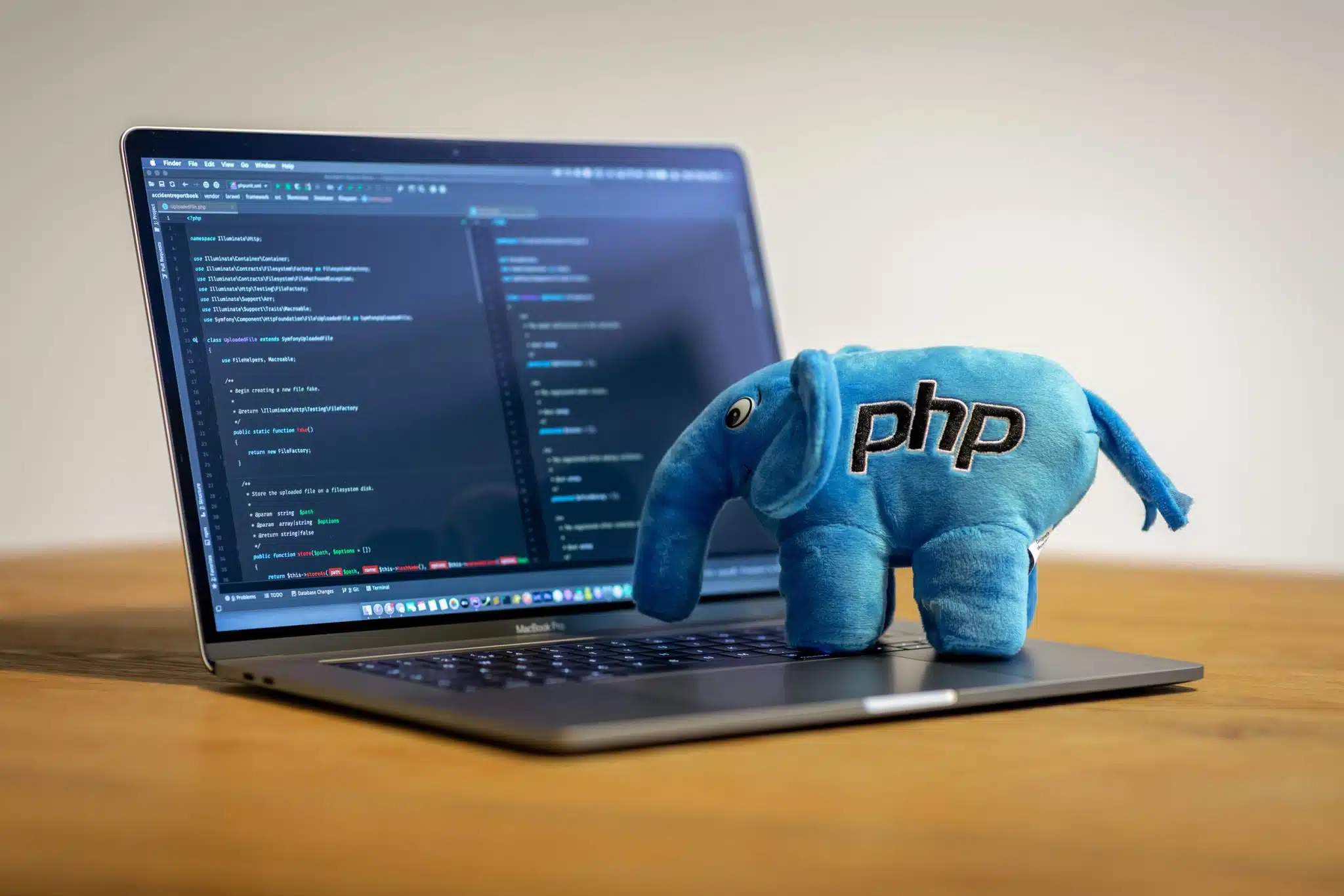Introduction to AI-Powered Refactoring
Refactoring legacy PHP code can be a daunting task, especially when dealing with large, complex systems. However, with the advent of artificial intelligence, this process has become significantly more manageable. In this guide, we will explore how AI tools can assist in refactoring legacy PHP code, making it more efficient, maintainable, and scalable.
By the end of this tutorial, you will have a comprehensive understanding of how to leverage AI to refactor your PHP codebase, improving its structure and performance. We’ll cover the benefits of using AI, step-by-step instructions on setting up and using AI tools, and real-world examples to illustrate the process.
Why Use AI for Refactoring Legacy PHP Code?
Refactoring is essential for maintaining the health of a codebase, but it can be time-consuming and error-prone. AI tools offer several advantages:
- Efficiency: AI can quickly analyze code and suggest improvements, saving developers significant time.
- Accuracy: AI algorithms can detect patterns and issues that might be missed by human eyes.
- Consistency: AI ensures that refactoring follows best practices and coding standards across the entire codebase.
- Scalability: AI tools can handle large codebases, making them ideal for big projects.
Setting Up Your Environment
Choosing the Right AI Tool
Several AI-powered tools are available for refactoring PHP code. Some popular options include:
- PhpStorm with AI-based code analysis features
- DeepCode, which uses AI to find bugs and suggest code improvements
- SonarQube for static code analysis and refactoring suggestions
For this tutorial, we’ll focus on using PhpStorm, as it integrates seamlessly with PHP projects and offers robust AI-powered refactoring tools.
Installing PhpStorm
- Download and install PhpStorm from the official website.
- Open PhpStorm and set up your PHP project by selecting “Open” and navigating to your project directory.
- Ensure that your PHP interpreter is correctly configured under File > Settings > Languages & Frameworks > PHP.
Using AI Tools for Refactoring
Analyzing Your Codebase
Once your environment is set up, the first step is to analyze your codebase. PhpStorm’s AI features can help identify areas that need improvement:
- Navigate to Code > Analyze Code > Run Inspection by Name.
- Select the inspection type, such as “Code Smells” or “Code Quality Issues.”
- Review the inspection results to identify potential refactoring opportunities.
Implementing AI-Suggested Refactorings
After identifying areas for improvement, you can begin implementing AI-suggested refactorings:
- Right-click on the highlighted code issue and select Refactor > Rename or any other relevant refactoring option.
- Follow the prompts to apply the changes across your codebase.
- Use Code > Reformat Code to ensure consistent formatting.
These steps will help you systematically improve your code’s structure and readability.
Real-World Example: Refactoring a Legacy PHP Function
Let’s look at a practical example of using AI to refactor a legacy PHP function. Consider the following outdated function:
function calculateDiscount($price, $discount) {
if ($discount > 0) {
$price = $price - ($price * ($discount / 100));
}
return $price;
}This function can be improved for clarity and efficiency. Using PhpStorm’s AI tools, we can refactor it as follows:
-
- Run a code analysis to identify potential improvements.
- Refactor the function to use more descriptive variable names and improve logic:
function applyDiscount(float $originalPrice, float $discountPercentage): float {
if ($discountPercentage > 0) {
$discountAmount = $originalPrice * ($discountPercentage / 100);
$finalPrice = $originalPrice - $discountAmount;
} else {
$finalPrice = $originalPrice;
}
return $finalPrice;
}- Apply the changes and re-run the analysis to ensure no new issues have been introduced.
This refactoring improves readability and ensures that the function adheres to modern PHP standards.
Best Practices for AI-Powered Refactoring
To make the most of AI tools, consider the following best practices:
- Regular Analysis: Run code analysis regularly to catch issues early.
- Version Control: Use version control systems like Git to track changes and revert if necessary.
- Continuous Integration: Integrate AI tools into your CI/CD pipeline for automated code checks.
- Team Collaboration: Share analysis results with your team to encourage collaborative improvements.
Takeaway: Embracing AI for Efficient Code Maintenance
Refactoring legacy PHP code is no longer a tedious, manual process. By harnessing the power of AI, developers can efficiently maintain and improve their codebases, ensuring they remain robust and scalable. Whether you’re working on a small project or a large enterprise application, AI tools provide the insights and automation needed to keep your code in top shape.
Start integrating AI into your refactoring workflow today and experience the benefits of streamlined, high-quality code maintenance.

